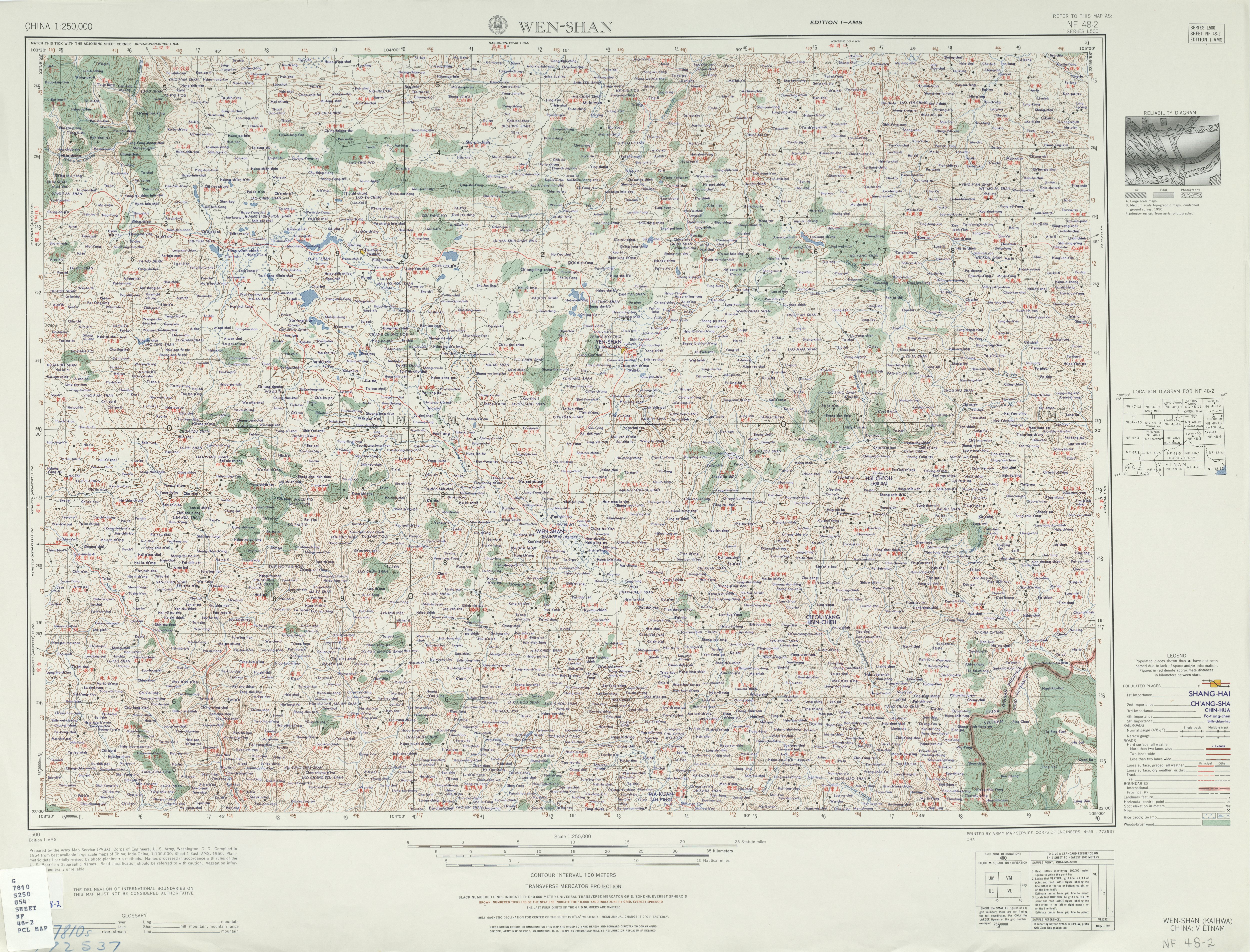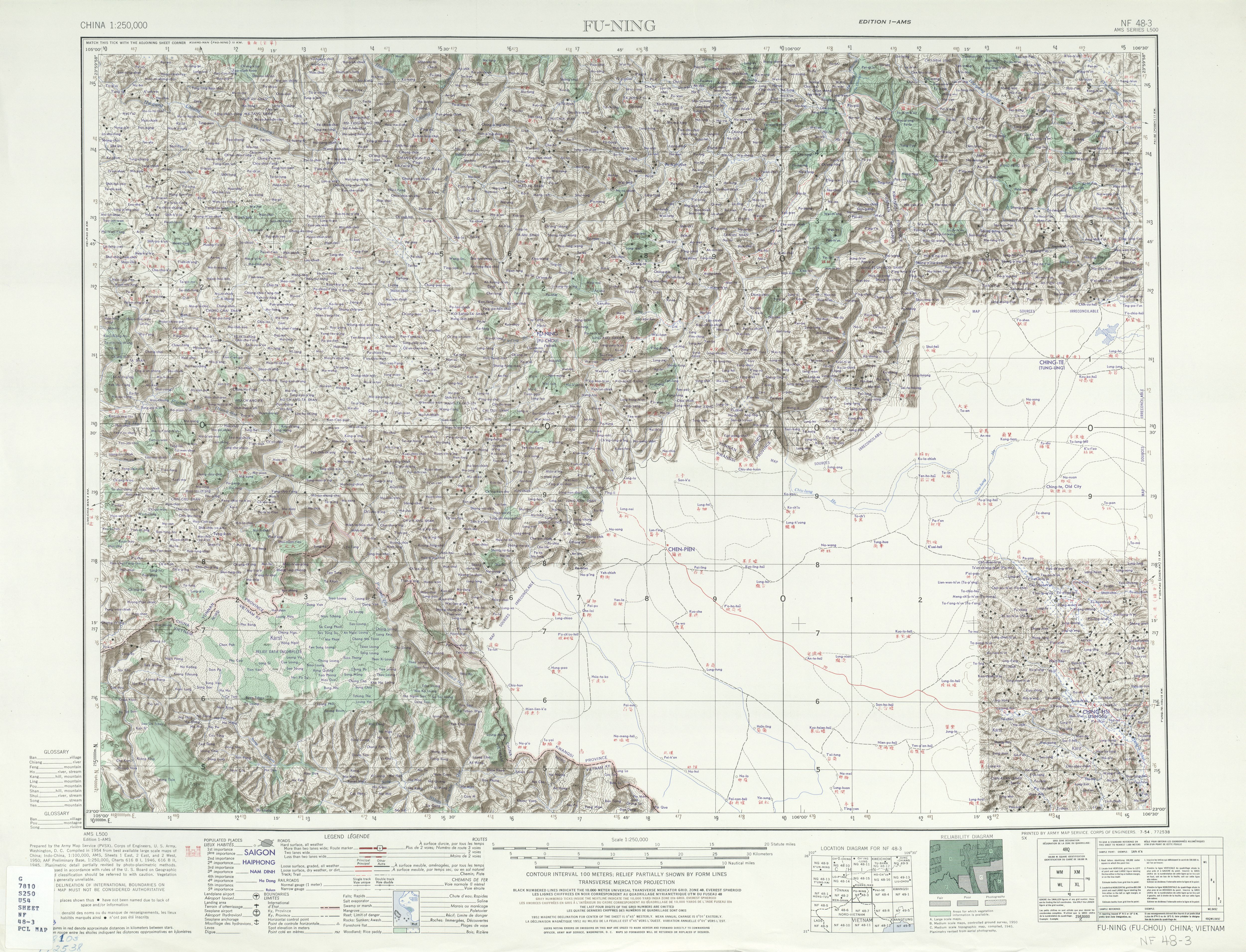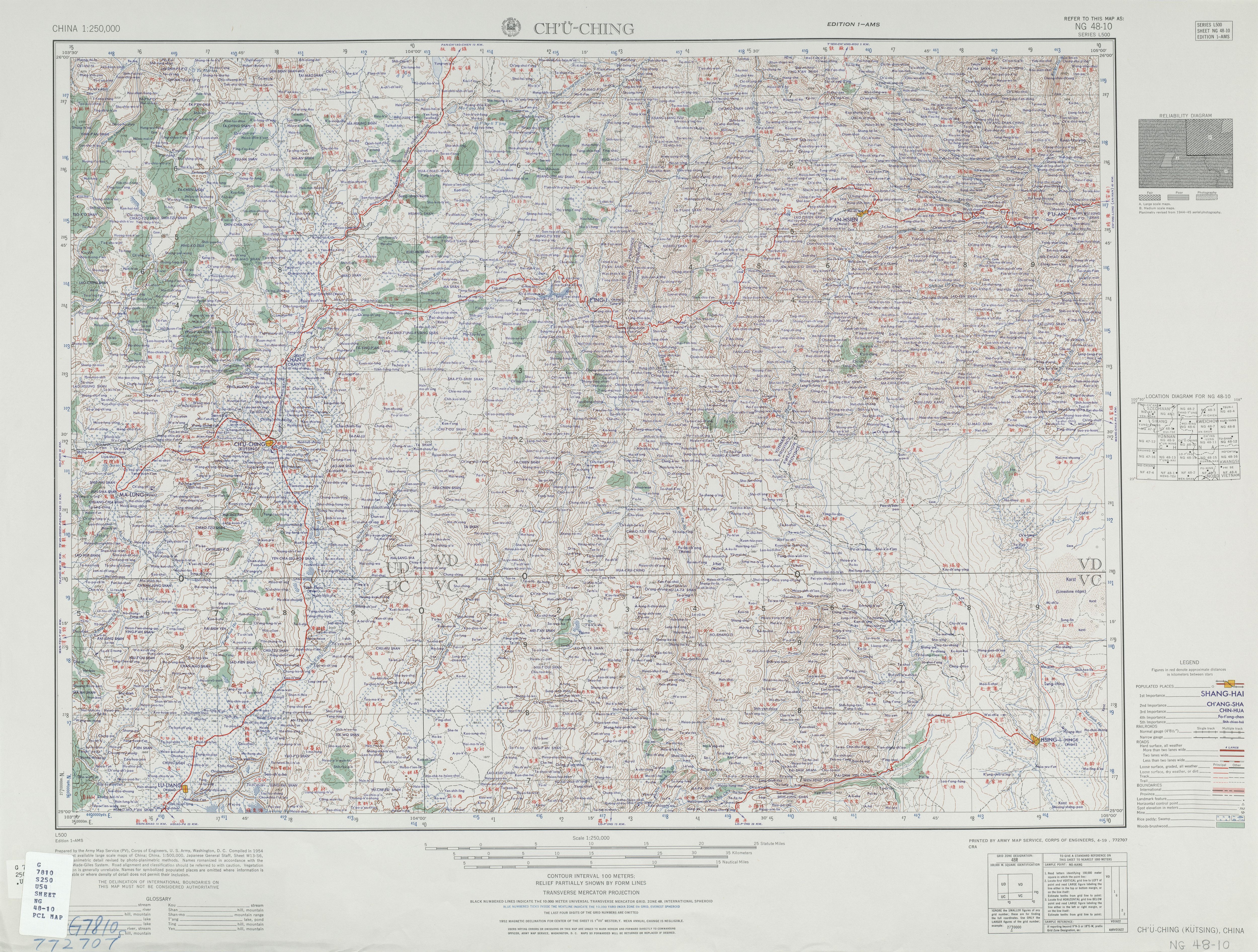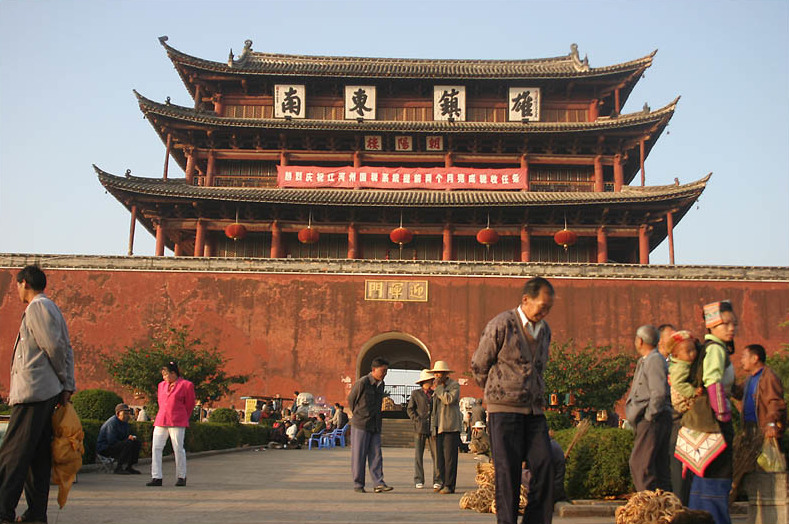|
Wenshan Zhuang–Miao Autonomous Prefecture
Wenshan Zhuang and Miao Autonomous Prefecture is an autonomous prefecture in southeastern Yunnan, Yunnan Province, People's Republic of China, and is the easternmost prefecture-level division of the province. It borders Baise, Guangxi, to the east, Vietnam's Hà Giang Province to the south for , Honghe Hani and Yi Autonomous Prefecture to the west, and Qujing to the north. Subdivisions Ethnic groups Wenshan is highly diverse. According to a local saying, "Han and Hui live by the market, Zhuang and Dai live by the water, Miao and Yi live on the mountains, and Yao live among the valleys." () Some of Wenshan's ethnic groups include: *Han Chinese *Tai peoples **Zhuang people, Zhuang (3 branches according to Kaup (2000); 4 branches according to Johnson (2011)Johnson, Eric C. 2011.A Lexical and Phonological Comparison of the Central Taic Languages of Wenshan Prefecture, China: Getting More Out of Language Survey Wordlists Than Just Lexical Similarity Percentages. SIL Electronic Wor ... [...More Info...] [...Related Items...] OR: [Wikipedia] [Google] [Baidu] |
Autonomous Prefecture
Autonomous prefectures ( zh, c=自治州, p=zìzhìzhōu) are one type of autonomous administrative divisions of China, autonomous administrative division in China, existing at the Prefecture-level divisions of China, prefectural level, with either list of ethnic groups in China and Taiwan, ethnic minorities forming over 50% of the population or being, most commonly, the historic home of significant minorities. The official name of an autonomous prefecture includes the most significant minority in that region, sometimes two, rarely three. For example, a prefecture with a large number of Kazakhs (''Kazak'' in official naming system) may be called a ''Kazak Autonomous Prefecture''. Like all other prefectural level divisions, autonomous prefectures are divided into County-level division, county level divisions. There is one exception: Ili Kazak Autonomous Prefecture contains two prefectures of its own. Under the Constitution of the People's Republic of China, autonomous prefectures ca ... [...More Info...] [...Related Items...] OR: [Wikipedia] [Google] [Baidu] |
Funing County, Yunnan
Funing County (; Zhuang language: ) is located in Wenshan Zhuang and Miao Autonomous Prefecture, in the southeast of Yunnan province, China. It is the easternmost county-level division of Yunnan, bordering Guangxi to the north, south and east, and Vietnam's Hà Giang Province to the south. Geography Funing is located in the east of Wenshan Prefecture. It borders Youjiang District and Jingxi, Guangxi to the east, Napo County, Guangxi to the south, Guangnan County to the west, Xilin County and Tianlin County of Guangxi to the north, and Malipo County across the Nanli River to the southwest. It also borders the Đồng Văn District and the Mèo Vạc District of Hà Giang Province, Vietnam to the south. Administrative divisions Funing County has 6 towns, 6 townships and 1 ethnic township. ;6 towns ;6 townships ;1 ethnic township * Dongbo Yao Ethnic Township () Ethnic groups Ethnic groups of Funing County include the following. Population statistics are from 1990, and ar ... [...More Info...] [...Related Items...] OR: [Wikipedia] [Google] [Baidu] |
Qujing
Qujing ( zh, c= , p=Qūjìng) is a prefecture-level city in the east of Yunnan province, China, bordering Guizhou province to the north and east and the Guangxi Zhuang Autonomous Region to the south; thus, it was called "Key between Yunnan and Guizhou" () and "Throat of Yunnan" () in the past. It is part of the Central Yunnan Metropolitan Region plan () in effect for 2016–49. Its administrative population is 6,047,000 according to a 2015 estimate, of whom, 1,408,500 reside in the metro area, which contains Qilin District, Zhanyi District and Malong District. During the 11th National Five-Year Plan period, the government of Qujing planned to develop the city into the "big city at the origin of the Pearl River" () in the following decades, including increasing the built-up urban area to past and the urban population to surpass 1 million by 2020, the second in Yunnan, after Kunming. Geography and climate Qujing is located in the east of Yunnan province, about east of Kun ... [...More Info...] [...Related Items...] OR: [Wikipedia] [Google] [Baidu] |
Honghe Hani And Yi Autonomous Prefecture
Honghe Hani and Yi Autonomous Prefecture ( zh, s=红河哈尼族彝族自治州, t=紅河哈尼族彝族自治州, p=Hónghé Hānízú Yízú Zìzhìzhōu; Hani language, Hani: ; Yi script, Yi: ꉼꉸꉳꆃꁈꆃꁈꊨꏦꍓ) is an autonomous prefecture in Southeast-Central Yunnan, Yunnan Province, China, China–Vietnam border, bordering Vietnam's Lào Cai Province, Lào Cai and Lai Châu Province, Lai Châu provinces to the south. Its name is derived from the Hong River, Hong (Red) River and the two major ethnic minority groups who live there: the Yi people, Yi and the Hani people, Hani. Honghe has an area of and its seat is Mengzi City, Mengzi. The total population is 4.8 million, of which 61.3% belong to Ethnic minorities in China, ethnic minorities. In 2008, the ''State Administration of Cultural Heritage'' of the People's Republic of China nominated the Honghe Hani Terraced Fields of Yuanyang County, Yunnan, Yuanyang County for World Heritage Site status. It was a ... [...More Info...] [...Related Items...] OR: [Wikipedia] [Google] [Baidu] |
Hà Giang Province
Hà Giang (, ) was formerly a Provinces of Vietnam, province in the Northeast (Vietnam), Northeast region of Vietnam. It was located in the far north of the country, and contains Vietnam's northernmost point. It shared a 270 km long China-Vietnam border, border with Yunnan province of southern China, and thus was known as Vietnam's final frontier. It coverd an area of , comprising 1 city and 10 rural districts, with a population of 899,900 in 2023. The provincial capital, also called Hà Giang, was connected by Highway 2 and is 320 km away from Hanoi. The border crossing was at Thanh Thủy, 25 km from the provincial capital. It was one of the poorest provinces of Vietnam as it had mountainous topography with the least potential for agricultural development. In addition to Thanh Thủy, there were three smaller gates, namely the Phó Bảng, Xín Mần and Săm Pun. On 12 June 2025, Hà Giang province was incorporated into Tuyên Quang province. Geography Hà Gi ... [...More Info...] [...Related Items...] OR: [Wikipedia] [Google] [Baidu] |
Guangxi
Guangxi,; officially the Guangxi Zhuang Autonomous Region, is an Autonomous regions of China, autonomous region of the China, People's Republic of China, located in South China and bordering Vietnam (Hà Giang Province, Hà Giang, Cao Bằng Province, Cao Bằng, Lạng Sơn Province, Lạng Sơn, and Quảng Ninh Provinces) and the Gulf of Tonkin. Formerly a Provinces of China, province, Guangxi became an autonomous region in 1958. Its current capital is Nanning. Guangxi's location, in mountainous terrain in the far south of China, has placed it on the frontier of Chinese civilization throughout much of History of China, Chinese history. The current name "Guang" means "expanse" and has been associated with the region since the creation of Guang Prefecture in 226 AD. It was given Administrative divisions of the Yuan dynasty, provincial level status during the Yuan dynasty, but even into the 20th century, it was considered an open, wild territory. The abbreviation of the regi ... [...More Info...] [...Related Items...] OR: [Wikipedia] [Google] [Baidu] |
Baise
Baise ( zh, c=百色, p=Bǎisè, Bósè; local pronunciation: ), or Bose, is the westernmost prefecture-level city of Guangxi, China bordering Vietnam as well as the provinces of Guizhou and Yunnan. The city has a population of 4.3 million, of which 1.4 million live in the urban area. The name is from Youjiang Zhuang Baksaek, meaning "in, or blocking, a mountain pass". The name Bwzswz is the Zhuang transliteration of the Chinese name. Geography and climate Baise is located in western-northwestern Guangxi bordering Qianxinan Buyei and Miao Autonomous Prefecture (Guizhou) to the north, Qujing and Wenshan Zhuang and Miao Autonomous Prefecture of Yunnan to the west, the Vietnamese provinces of Hà Giang and Cao Bằng to the south and southwest, and the Guangxi cities of Hechi to the northeast/east, Nanning to the east, and Chongzuo to the southeast. It is centrally located between three provincial capitals: Nanning, Kunming, and Guiyang. Its area is and is more than 55% fore ... [...More Info...] [...Related Items...] OR: [Wikipedia] [Google] [Baidu] |
Autonomous Prefecture
Autonomous prefectures ( zh, c=自治州, p=zìzhìzhōu) are one type of autonomous administrative divisions of China, autonomous administrative division in China, existing at the Prefecture-level divisions of China, prefectural level, with either list of ethnic groups in China and Taiwan, ethnic minorities forming over 50% of the population or being, most commonly, the historic home of significant minorities. The official name of an autonomous prefecture includes the most significant minority in that region, sometimes two, rarely three. For example, a prefecture with a large number of Kazakhs (''Kazak'' in official naming system) may be called a ''Kazak Autonomous Prefecture''. Like all other prefectural level divisions, autonomous prefectures are divided into County-level division, county level divisions. There is one exception: Ili Kazak Autonomous Prefecture contains two prefectures of its own. Under the Constitution of the People's Republic of China, autonomous prefectures ca ... [...More Info...] [...Related Items...] OR: [Wikipedia] [Google] [Baidu] |
Hmong Language
Hmong or Mong ( ; Romanized Popular Alphabet, RPA: , Chữ Hmông Việt, CHV: ''Hmôngz'', Nyiakeng Puachue Hmong, Nyiakeng Puachue: , Pahawh: , ) is a dialect continuum of the West Hmongic branch of the Hmongic languages spoken by the Hmong people of Southwestern China, northern Vietnam, Thailand, and Laos. There are an estimated 4.5 million speakers of varieties that are largely mutually intelligible, including over 280,000 Hmong Americans as of 2013. Over half of all Hmong speakers speak the various dialects in China, where the Dananshan dialect forms the basis of the standard language. However, Hmong Daw and Mong Leng are widely known only in Laos and the United States; Dananshan is more widely known in the native region of Hmong. Varieties Mong Leng () and Hmong Daw () are part of a dialect cluster known in China as (), called the "Chuanqiandian ''cluster''" in English (or "Miao cluster" in other languages) since West Hmongic is also called . The variety spoken from Sichu ... [...More Info...] [...Related Items...] OR: [Wikipedia] [Google] [Baidu] |
Vehicle Registration Plates Of China
Vehicle registration plates in China are mandatory metal or plastic plates attached to motor vehicles in mainland China for official identification purposes. The plates are issued by the local traffic management offices, which are sub-branches of local public security bureaus, under the rules of the Ministry of Public Security. Hong Kong and Macau, both of which are special administrative regions of China, issue their own licence plates, a legacy of when they were under British and Portuguese administration. Vehicles from Hong Kong and Macau are required to apply for licence plates, usually from Guangdong province, to travel on roads in mainland China. Vehicles from mainland China have to apply for Hong Kong licence plates or Macau licence plates to enter those territories. The font used are in the Heiti (Traditional: 黑體, Simplified: 黑体) style. History 1986-series plate In July 1986, the 1986-series Plates were put into use. The layout and format for them ar ... [...More Info...] [...Related Items...] OR: [Wikipedia] [Google] [Baidu] |
Telephone Numbers In China
Telephone numbers in the People's Republic of China are administered according to the Telecommunications Network Numbering Plan of China. The structure of telephone numbers for landlines and mobile service is different. Landline telephone numbers have area codes, whereas mobile numbers do not. In major cities, landline numbers consist of a two-digit area code followed by an eight-digit local number. In other places, landline numbers consist of a three-digit area code followed by a seven- or eight-digit local number. Mobile phone numbers consist of eleven digits. Landline calls within the same area do not require the area code. Calls to other areas require dialing the trunk prefix ''0'' and the area code. The Special administrative regions of China, special administrative regions of Hong Kong and Macau are not part of this numbering plan, and use the calling codes +852, 852 and +853, 853 respectively. Mobile phones In mainland China, mobile phone numbers have eleven digits in ... [...More Info...] [...Related Items...] OR: [Wikipedia] [Google] [Baidu] |
Postal Codes In China
Postal codes in the People's Republic of China () are postal codes used by China Post for the delivery of letters and goods within mainland China. China Post uses a six-digit all-numerical system with four tiers: the first tier, composed of the first two digits, show the province, province-equivalent municipality, or autonomous region; the second tier, composed of the third digit, shows the postal zone within the province, municipality or autonomous region; the fourth digit serves as the third tier, which shows the postal office within prefectures or prefecture-level cities; the last two digits are the fourth tier, which indicates the specific mailing area for delivery. The range 000000–009999 was originally marked for Taiwan (The Republic of China) but is not used because it not under the control of the People's Republic of China. Mail to ROC is treated as international mail, and uses postal codes set forth by Chunghwa Post. Codes starting from 999 are the internal code ... [...More Info...] [...Related Items...] OR: [Wikipedia] [Google] [Baidu] |








